Facebook has announced that it will begin rolling out optional end-to-end encryption within its Messenger app for iOS and Android on a limited test basis, ahead of the option becoming more widely available through early September.

Messenger users will be able to create one-to-one "Secret Conversations" in Messenger that will be end-to-end encrypted and which can only be read on one device of the person they are communicating with.
Within secret conversations, Messenger users will have the option to set a timer to control the length of time each message sent remains visible within the conversation. The technology is based on the Signal Protocol by Open Whisper Systems [PDF].
Facebook said secret conversations do not currently support rich content like GIFs and videos, making payments, or other popular Messenger features.
End-to-end encryption will not be enabled by default, and secret conversations will not be available through Messenger.com, Facebook chat, or the desktop Messenger app for now, per TechCrunch, which also explained how to start a secret conversation:
…just tap on your friend's name at the top of your current message thread. If you're part of Facebook's test group, you'll see an option called "Secret Conversation." Once you click it, a new conversation thread opens, with a notice at the top informing you that the chat is end-to-end encrypted.
The timer feature that allows messages to be erased after a certain time period has elapsed is located right next to the text field. It offers a drop-down list of times you can select for how long you want your message to last before it expires, ranging from 5 seconds all the way up to 6 hours.
Messenger is free on the App Store [Direct Link] for iPhone, iPad, and Apple Watch.



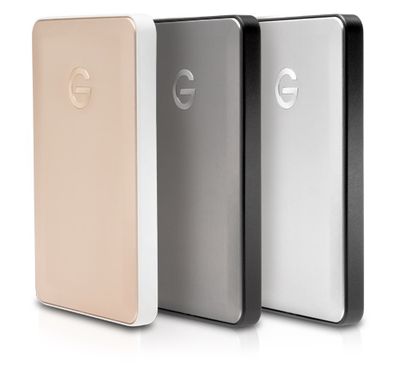

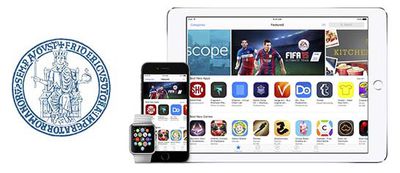
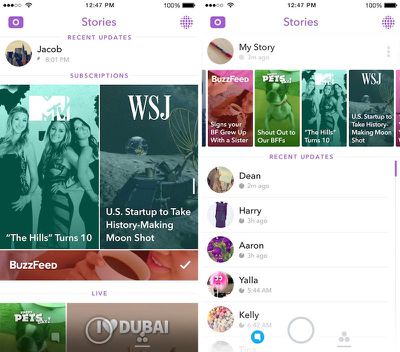
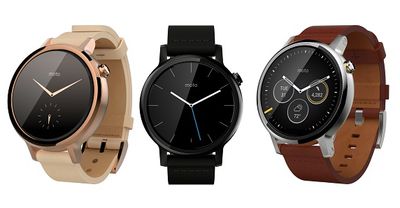

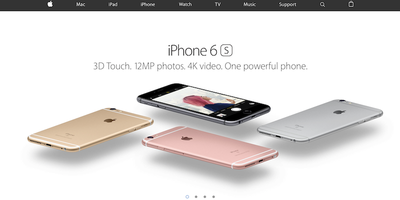



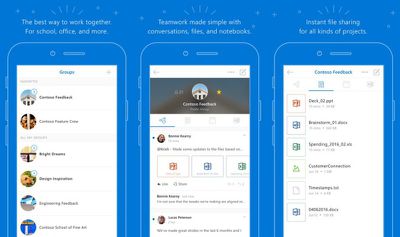
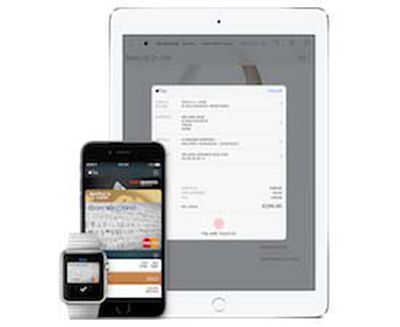 Apple Pay has
Apple Pay has 











